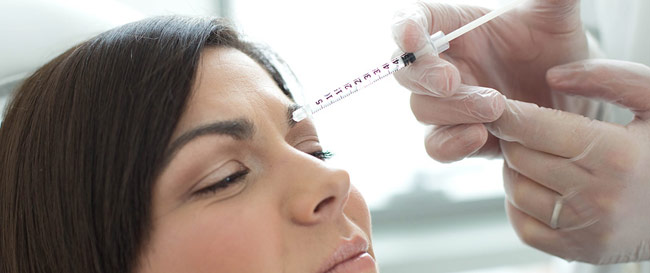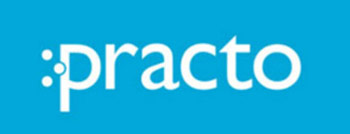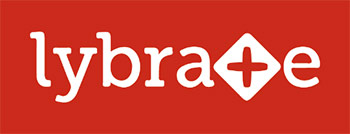Botulinum toxin type A (BOTOX) and botulinum toxin B (Myobloc) are therapeutic muscle-relaxing agents that cause weakening of overactive muscles or reduced sweating and drooling. These treatments work at the site of the nerves where they are injected, and are associated with few side effects.
Botulinum toxin is injected into the muscle with a very fine needle. Some patients report minor or temporary discomfort from the treatment, which typically is needed no more than four times a year. Each person will experience a different level of relief and therapeutic benefit.
CANDIDATES FOR BOTULINUM TOXIN THERAPY
Botulinum toxin therapy can be used to treat symptoms in both adults and children. Patients are seen at the clinic for a variety of neurological conditions such as dystonia (blepharospasm, spasmodic torticollis, writer’s cramp), hemifacial spasm, spasticity instroke, cerebral palsy, muscle spasms, and excessive drooling.
Dystonia is a neurologic disorder of unknown cause that causes involuntary muscle spasms. Symptoms of twisting, pulling or prolonged contractions typically start in the face, neck or hands for adults. Secondary dystonias due to injury or stroke can appear at any age. Dystonia can affect any part of the body including the arms and legs, trunk, neck, eyelids, face or vocal cords.
Cerebral palsy is a common, non-progressive neurologic disorder of children that causes stiffness and lack of muscle control in arms and/or legs. Botulinum toxin can be useful when combined with other medical and surgical therapies. Botulinum toxin is commonly used in children who experience toe walking, crouched gait, scissoring (crossing of the legs), or tightness in the arms/ hands.


